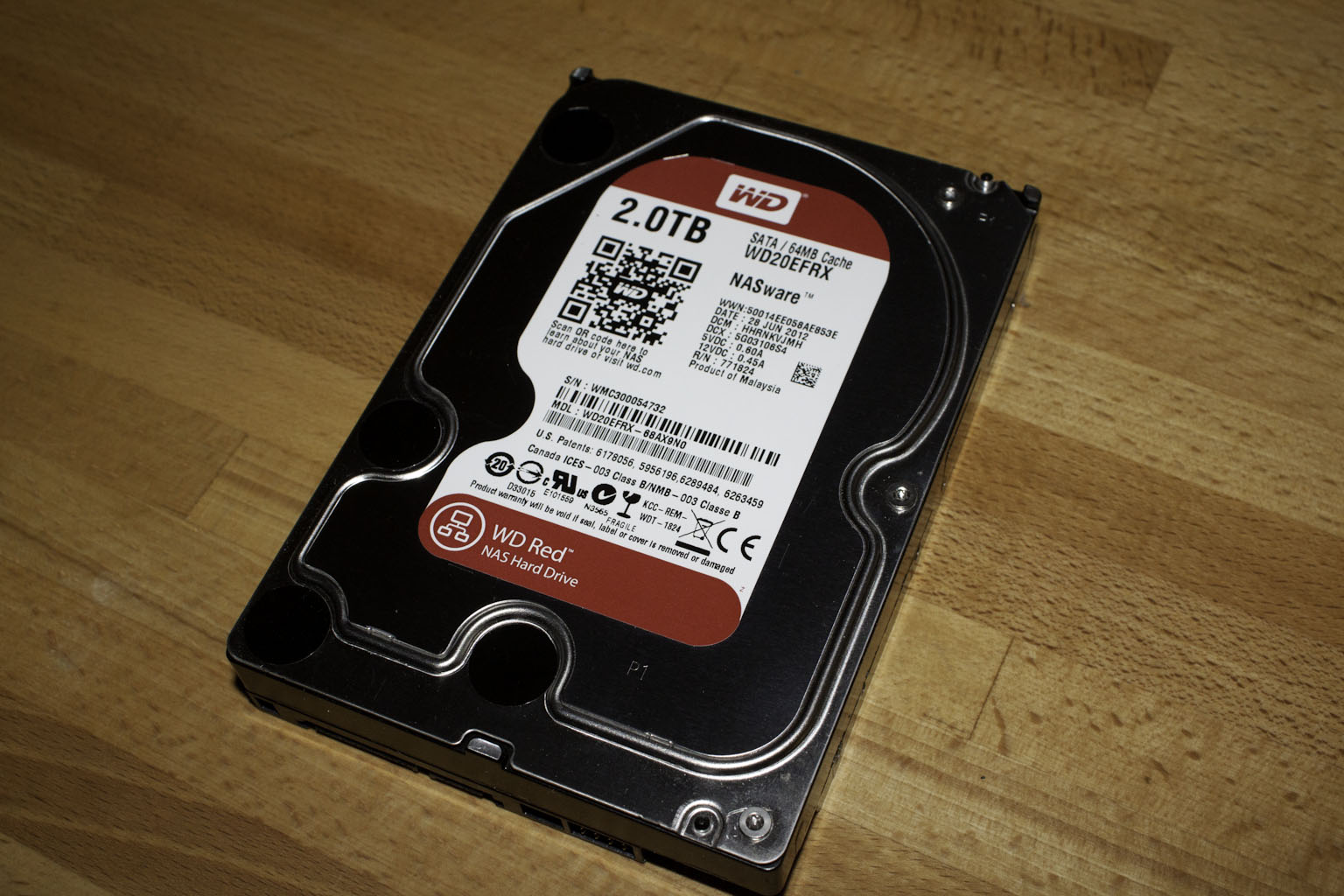Value -
Value is another very subjective topic. What is expensive to some might be a deal to others. You can look at this topic in multiple ways. One is raw price and the other is what you get for the money. Each is accurate and both are correct ways to look at price/value. We tend to look at features, performance and real-property when we discuss value. However, we also take into account the raw cash cost of the item. Although we do not have any actual prices as of this writing we were told that the Red drives would be priced below the Black drives and more than the Blue/Green products. This would put the 2TB drives we tested under $200 which is a pretty good deal considering. WD is also going to sweeten the deal by including a free copy of Acronis True Image software with these drives as well as increasing the warranty to three years instead of the more typical 1 year warranty that many drives in this class have (unless you are looking at enterprise class drives). In addition to that extra warranty you are going to get dedicated premium 24/7 support for these drives. WD has even put a QRC (Quick Response Code) on the drive so you can simply scan your drive with your smart phone and it will give you links to installation videos, FAQs, and even support numbers so that you can all if you have a problem. It all adds up to make the cost of the WD Red drives that much better.
*** Update On Pricing ***
MSRP for the WD Red are as follows
1TB WD10EFRX - $109.00
2TB WD20EFRX - $139.00
3TB WD30EFRX - $189.00
Conclusion -
When WD first called us about these drives we were a little skeptical to be honest with you. We did not see the need or the use for an extra category of drive in this range. After all, many people will recommend that you just get the fastest drives in the capacity that you want. We have seen all kinds of drives stuffed into NAS devices and with very few exceptions all of them have worked (which is all most consumers care about). After hearing about the drives and where they belong in the marketplace we began to reconsider our position on this. The new WD Red drives represent a new category in the SMB and consumer market where there is little information about how to properly set up a NAS and even less information readily available about the pitfalls of using the wrong drives for storage. As an example, take a look at the average consumer drive, it is meant to operate 8 hours a day for 5 days a week. Although you can run them 24/7 they were not designed for this and you are shortening their lifecycle quite a bit. Then if you stuff two or more of these drives into a small enclosure with limited cooling for the drives you shorten the lifespan even more. WD Red drives are built to run 24/7 at higher temperatures (up to 70c for normal operating temp). This increases their life span without losing performance (which makes them a better investment in the long run). On the performance side of things the WD Red drives performed well. We would not call them significantly faster, but more consistently faster. We saw higher average speeds using the WD Red set than with our Barracudas from Seagate. All in all considering the performance and the price the WD Red drives would be a good investment if you are planning to setup a NAS for your house or work.
Discuss this in our Forum




